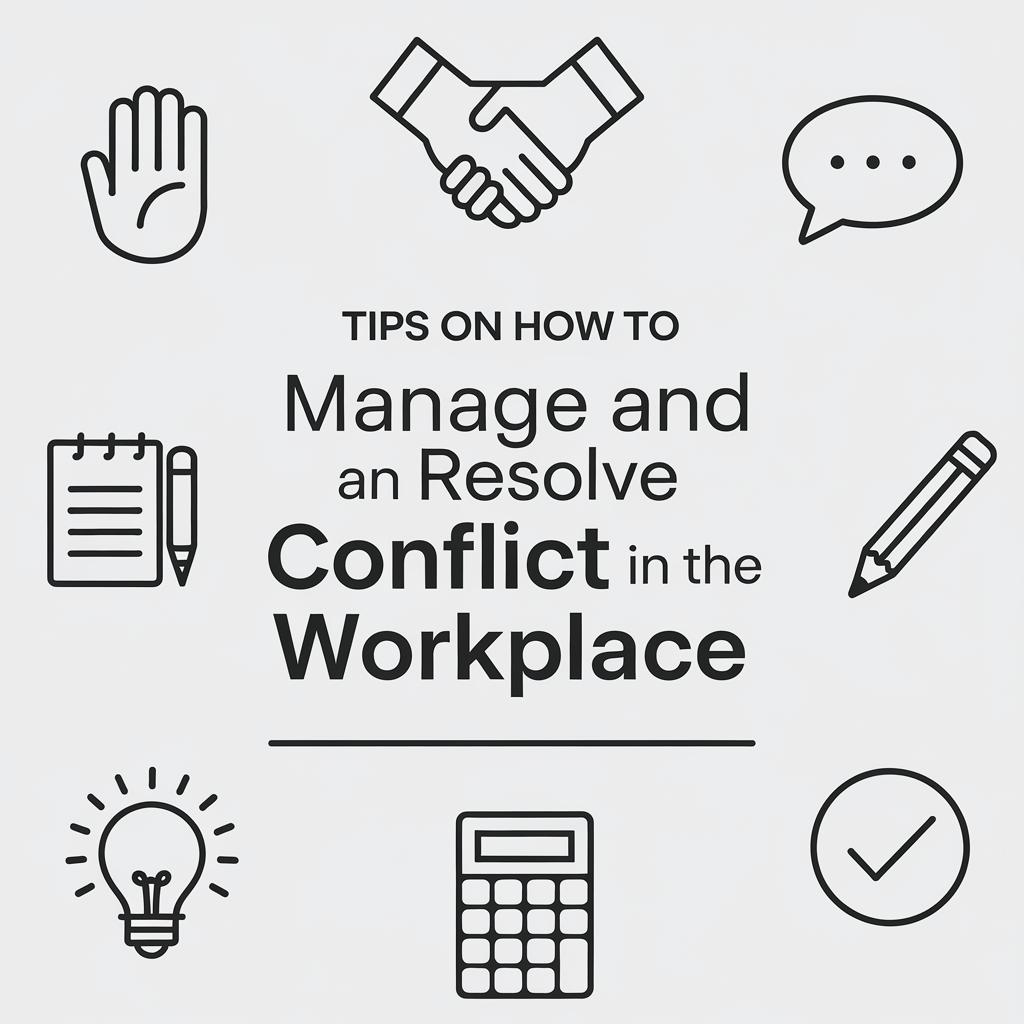7 Effective Employee Engagement Case Studies and Strategies for a Productive Workplace
Employee engagement is a critical metric for the health of any organization. Highly engaged employees contribute to a more productive, harmonious, and innovative workplace. In today’s evolving work environment, particularly with the rise of distributed teams, it’s more important than ever to develop strategies that foster engagement. This blog post explores seven impactful case studies and strategies that have successfully boosted employee engagement. These examples illustrate how various companies create an inclusive, responsive environment for both on-site and remote employees, showcasing best practices that you can implement in your own organization to enhance employee satisfaction and performance.
Find Your New Job!
One of the most remarkable journeys to employee engagement begins with the first step: helping employees to find the right job within the organization. Identifying what aligns with an employee’s skills and aspirations can dramatically improve engagement. At Google, for example, there’s a strong emphasis on ensuring that roles match individual strengths and interests. They offer flexibility in career paths and encourage team members to explore different departments and projects, leading to enriched job satisfaction and long-term retention.
Another inspiring case is Netflix, which emphasizes “freedom and responsibility” in its employment practices. The company encourages employees to seek roles and projects that spark their passion. By supporting a culture of openness and constant communication about career goals, Netflix ensures that employees are not stuck in rigid roles but can fluidly move to positions that best match their dynamic skills and preferences.
Importance of Employee Engagement in a Distributed Workforce
Employee engagement is crucial in a distributed workforce as it can directly influence productivity, morale, and retention rates. Distributed workforces, such as those at Zapier and Automattic, are finding innovative ways to keep employees engaged despite physical distances. Ensuring that remote workers feel connected and valued is essential for cultivating an inclusive company culture.
As technology facilitates remote work, companies like Slack have been at the forefront of using digital tools to maintain open lines of communication, encourage collaboration, and support ongoing employee engagement. These tools allow for virtual team-building activities, regular check-ins, and platforms for employees to share feedback openly, fostering a sense of belonging and involvement.
Employee Engagement Strategies for Distributed Workforce
Implementing strategies that focus on regular communication, goal alignment, and recognition can help maintain high engagement levels in distributed teams. Atlassian, for instance, implements weekly one-on-one meetings, town hall discussions, and recognizes achievements through virtual award ceremonies. These strategies have proven effective in ensuring employees feel heard, appreciated, and are working towards a common purpose.
Buffer, another company with a fully remote workforce, invests in creating a transparent work culture. They share company metrics and decision-making processes openly, reinforcing trust and loyalty among employees. Regular surveys and feedback loops are integrated into their engagement strategy to continuously adapt and improve employee experience.
Lessons Learned
| Case Study | Strategy Implemented | Outcome |
|---|---|---|
| Flexible career paths | Increased job satisfaction and retention | |
| Netflix | “Freedom and responsibility” | Enhanced job match with skills and interests |
| Zapier & Automattic | Virtual engagement and inclusiveness | Improved morale and connectivity |
| Slack | Use of technology for engagement | Effective communication and collaboration |
| Atlassian | Regular communication and recognition | Heightened sense of purpose and appreciation |
| Buffer | Transparent work culture | Increased trust and loyalty |
By examining these innovative strategies, it’s evident that successful employee engagement is a dynamic and multi-faceted endeavor. Whether it means optimizing role alignment, enhancing communication, fostering inclusivity in distributed workplaces, or promoting transparency, each approach can significantly contribute to a more productive workplace. Implementing these strategies thoughtfully and creatively will help your organization not only succeed but thrive.
This HTML format provides a comprehensive exploration of employee engagement strategies. The article is structured to guide the reader through various case studies and strategies, followed by a summarized table of key lessons learned.


